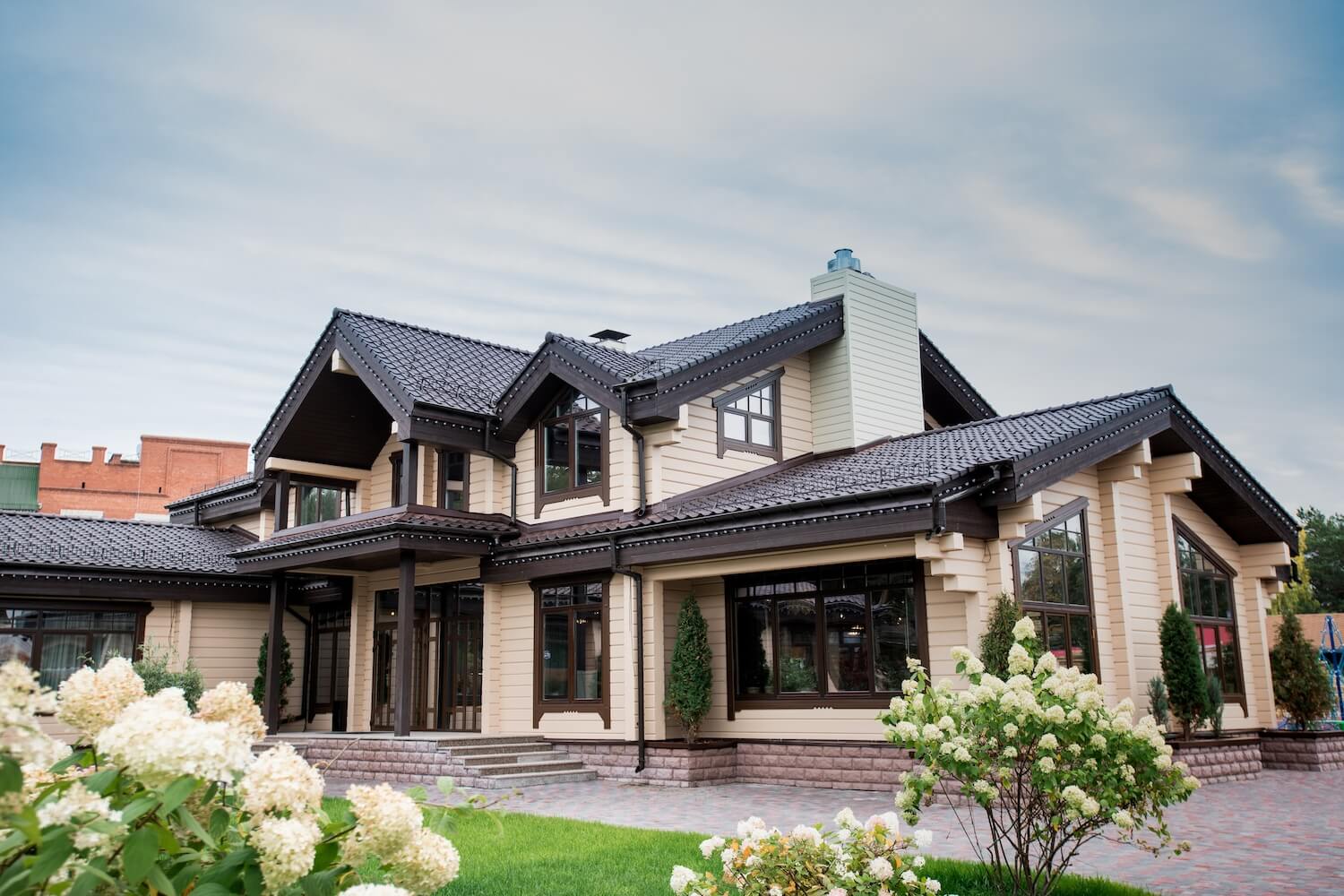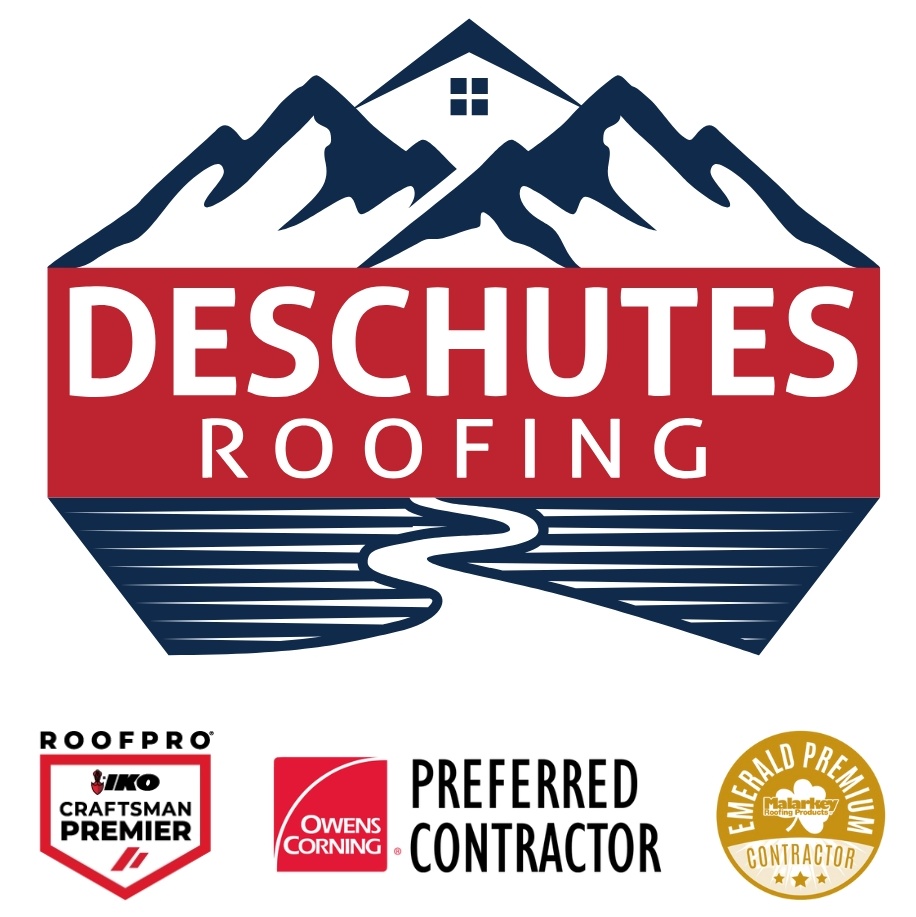When the sun is blazing and temperatures soar, the roof over your head plays a crucial role in keeping your home comfortable and energy-efficient. For homeowners considering a new roof or evaluating options for a summer upgrade, one of the biggest debates is metal roofing vs. asphalt shingles, especially when it comes to how each handles the summer heat.
This article breaks down the key differences between metal and asphalt roofs, specifically focusing on how each material performs during hot weather. We’ll explore everything from heat absorption and reflection to longevity, energy savings, and comfort, helping you make an informed choice.

Understanding Heat Transfer and Your Roof
Before comparing materials, it’s important to understand how roofs interact with heat. Your roof is the first line of defense against the sun’s radiant energy. The way it absorbs, reflects, and releases this heat has a direct impact on:
-
Indoor temperature
-
Cooling costs
-
Roof longevity
-
Attic ventilation needs
There are three main heat-related concepts to consider:
-
Solar reflectance: How much sunlight the material reflects.
-
Thermal emittance: How effectively it releases absorbed heat.
-
Insulation/ventilation: How well the roof system as a whole traps or disperses heat.
With those ideas in mind, let’s examine how asphalt shingles and metal roofing compare in these areas.
Asphalt Shingles in the Summer Heat
Heat Absorption
Traditional asphalt shingles are dark, dense, and coarse, meaning they tend to absorb more heat than they reflect. This can lead to extremely high surface temperatures on sunny days—up to 150–190°F on a black asphalt roof.
Once that heat is absorbed, it gets radiated downward into your attic and living space, increasing the indoor temperature and placing more demand on your cooling system.
Color and Reflectivity
While newer “cool roof” shingles are available in light-reflective colors, most standard asphalt shingles lack the solar reflectance of other materials. Lighter shingles can help, but they still don’t reflect nearly as much sunlight as metal roofs.
Thermal Emittance
Asphalt shingles have moderate to low thermal emittance. Once they heat up, they retain heat longer than metal. This means your roof—and by extension your attic—remains hot well into the evening, even after the sun goes down.
Ventilation and Insulation Dependence
Because asphalt shingles trap heat, proper attic insulation and ventilation become critical. If your attic isn’t well-insulated or lacks airflow, your entire home can become a sweltering box, increasing cooling costs significantly.
Metal Roofing in the Summer Heat
Heat Reflection
Metal roofing has excellent solar reflectance, especially when finished with cool roof coatings or light-colored paint. Some metal roofs reflect up to 70% of the sun’s energy, compared to only 10–25% with asphalt.
This significantly reduces the amount of heat transferred into your home.
Thermal Emittance
Metal is also a high performer when it comes to thermal emittance. It heats up quickly but also releases that heat just as quickly, helping the roof cool down faster once the sun sets. This quality helps regulate attic and indoor temperatures more effectively.
Air Gap Benefits
Metal panels are often installed over a raised batten system or have natural air gaps between the decking and the metal. These ventilated spaces create a thermal break, preventing heat from conducting directly into your home.
This unique structure boosts energy efficiency even further, making metal roofs an ideal choice for hot climates or homes with poor attic ventilation.
Cooling Cost Comparison: Metal vs. Asphalt
Let’s talk about numbers.
According to the U.S. Department of Energy, cool metal roofing can reduce energy costs by up to 25% during hot months. By reflecting sunlight and minimizing heat absorption, metal roofing reduces strain on your HVAC system, leading to lower monthly utility bills.
In contrast, asphalt shingles can cause a rise in attic temperatures of 30–50°F, forcing your air conditioner to work harder and longer to maintain a comfortable indoor climate.
Over time, these cost differences can add up, especially in areas with long, hot summers.
Durability and Longevity in Hot Weather
Asphalt Shingles
While cost-effective, asphalt shingles are vulnerable to heat-related degradation. Prolonged exposure to high temperatures causes them to:
-
Dry out and become brittle
-
Lose granules
-
Curl or crack
-
Degrade faster
In hot climates, it’s not uncommon for asphalt shingles to require replacement in 15–20 years, and sometimes even sooner without proper maintenance.
Metal Roofing
Metal roofing, on the other hand, is incredibly heat- and fire-resistant. It doesn’t dry out, warp, or deteriorate in direct sunlight. A well-installed metal roof can last 40–70 years, making it a long-term investment with fewer summer-related issues.
Its heat resistance also contributes to its low maintenance needs, giving it a distinct edge in terms of long-term performance.
Environmental Impact and Energy Efficiency
Asphalt Shingles
-
Made from petroleum products
-
Typically not recyclable after use
-
Often end up in landfills
-
Higher heat absorption increases the urban heat island effect
Metal Roofing
-
Frequently made from recycled materials
-
Fully recyclable at the end of life
-
Reflective properties help reduce urban heat buildup
-
Qualifies for cool roof tax credits in many jurisdictions
If sustainability and energy efficiency are important to you, metal roofing is the clear winner in the summer heat.
Cost Comparison: Upfront vs. Lifetime
| Feature | Asphalt Shingles | Metal Roofing |
|---|---|---|
| Upfront Cost | $3–$6 per sq. ft. | $8–$14 per sq. ft. |
| Average Lifespan | 15–25 years | 40–70 years |
| Energy Savings | Low to moderate | High |
| Maintenance Needs | High | Low |
| Warranty | 20–30 years (often prorated) | 40–50 years (often transferable) |
While asphalt shingles offer a lower initial price, they come with higher long-term costs in terms of cooling bills, more frequent repairs, and earlier replacement.
Metal roofing is more expensive upfront, but its longevity and energy efficiency often make it the more economical choice over time—especially in regions with intense summer heat.
Aesthetic Considerations in Hot Climates
Both materials offer style options, but metal has advanced significantly in design. Metal roofing is available in a wide variety of colors, finishes, and profiles—including options that mimic wood shake, clay tile, and even asphalt.
Lighter colors are especially beneficial in hot climates, and metal roofs retain their color longer, thanks to durable finishes that resist UV degradation.
Asphalt shingles also come in a variety of colors, but they tend to fade faster in high sunlight and lose their visual appeal more quickly in summer-heavy regions.
Which Roof Is Quieter?
A common misconception is that metal roofs are loud during rain or hail. In reality, when installed properly with insulation and sheathing, metal roofs are no noisier than asphalt—and sometimes even quieter.
However, in direct sun, metal roofs do have a tendency to expand and contract, which can sometimes cause slight popping sounds. These noises are generally harmless and can be minimized with proper installation.
Performance in Other Summer Conditions
Fire Resistance
Metal roofs are non-combustible and carry a Class A fire rating, the highest available. This is a major advantage in dry, fire-prone areas during the summer season.
Asphalt shingles can also have a Class A rating, but they are more likely to ignite when exposed to flying embers or extreme heat for extended periods.
Wind Resistance
Both materials can perform well in windy summer storms when installed properly, though metal roofs tend to have a higher wind resistance rating, especially standing seam and interlocking panel types.
Professional Installation Matters
Whether you choose asphalt shingles or metal roofing, the quality of the installation can make or break your roof’s performance—especially during the intense heat of summer. Even the most energy-efficient materials will fall short if they’re not properly installed and sealed.
Precision Installation for Energy Efficiency
Metal roofs in particular require specialized knowledge to install correctly. They involve precise measurements, secure fastening, and detailed flashing work to ensure durability and weather resistance. Improper installation can result in leaks, warping (often called “oil canning”), or thermal expansion issues that cause noise or even structural stress. Professional roofers understand how to accommodate temperature changes in the design and fastening systems, which is critical during hot summers.
With asphalt shingles, poor nailing patterns, insufficient underlayment, or shoddy flashing can lead to premature aging, curling, or water infiltration. A certified roofing contractor ensures the shingles are layered correctly, sealed properly, and integrated with the rest of your home’s envelope.
Warranty Protection and Code Compliance
Another benefit of working with a qualified installer is protection. Many roofing manufacturers offer long-term warranties—but only if their products are installed by certified professionals. Improper DIY work or budget contractors can void these warranties and leave you unprotected in case of future issues.
Licensed roofers also stay up to date with local building codes and permitting requirements, which can vary depending on climate, materials, and municipal regulations. This compliance not only ensures safety but also avoids costly fines or redos later on.
Peace of Mind for the Long Haul
Ultimately, a professionally installed roof gives you peace of mind. It not only performs better in the summer heat, but it’s also more resilient against high winds, storms, and even wildfires—especially in the case of metal roofing. Plus, you’ll know that your investment is backed by workmanship warranties, product guarantees, and the confidence that your home is protected from the top down.
If you’re weighing the pros and cons of metal vs. asphalt in the summer heat, make sure to add this to your checklist: the best roof is only as good as the team that installs it.
Final Verdict: Which Roof Keeps You Cooler?
If your primary goal is to keep your home cooler during the summer—and reduce cooling costs—metal roofing comes out ahead.
Its superior reflectivity, faster heat dissipation, ventilation options, and long-term energy savings make it the better performer in hot climates.
Asphalt shingles remain a popular and affordable option, and newer cool shingle technologies are improving their summer performance. But when you weigh all factors—especially in regions where summer temperatures linger above 85°F—metal roofs offer the best thermal comfort and long-term value.
Conclusion: Invest in a Cooler, Smarter Roof
The roof you choose doesn’t just protect your home—it shapes your comfort, your energy bills, and your environmental footprint. While asphalt shingles remain a widely used roofing material, metal roofing stands out as the superior option for managing summer heat.
If you’re tired of sweltering summer afternoons and rising energy bills, now might be the perfect time to consider an upgrade.
Talk to a professional roofing contractor, like Deschutes Roofing today about your options. Whether you go with asphalt or metal, a qualified roofer can help ensure you get the best installation, ventilation, and thermal performance possible—so your home stays cooler, longer.










